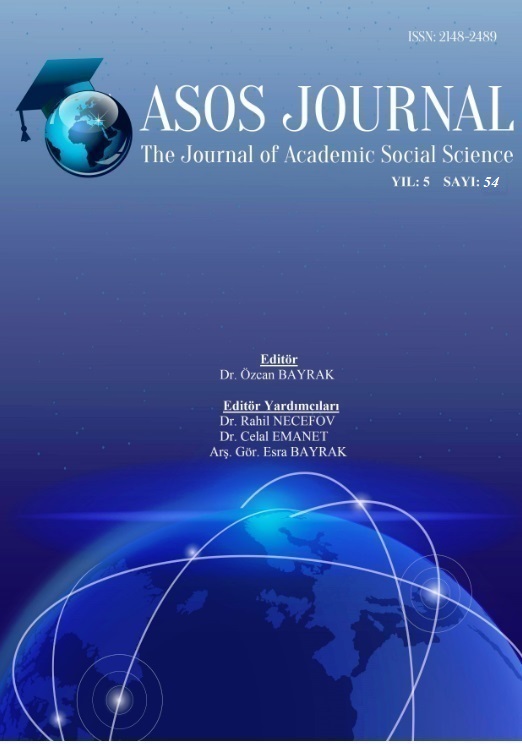Author :
Abstract
Tokat’ın 28 km güneydoğusunda yer alan Çamlıbel, Anadolu Selçuklulardan günümüze her daim önemli bir geçiş noktası olmuştur. Tokat-Sivas karayolu üzerinde bulunan belde Osmanlı dönemi salnamelerinde “Çiftlik-Çiftlikköy” ismiyle anılmaktadır. Çamlıbel, Osmanlı döneminde Samsun-Bağdat karayolunun Tokat-Sivas bölümünde geçiş noktalarından birisi olmuştur. Çamlıbel’in XV. yüzyılda Yıldız Nahiyesi’ne bağlı bir yerleşim yeri olduğu; 19. yüzyıl salnamelerinde merkez sancağa bağlı nahiyeler arasında yer aldığı görülmektedir. Söz konusu kayıtlar Çamlıbel’in Osmanlı döneminde belirli aralıklarla gelişip gerilediğini göstermektedir. Çamlıbel’de Anadolu Selçuklu Dönemi’nden bir kervansaray ve bir mescit yapısı; Osmanlı Dönemi’nden dört köprü ve bir çeşmenin üst kısmı günümüze ulaşabilmiştir. Kervansaray ve mescit oldukça harap vaziyettedir. Köprülerin büyük oranda sağlam kaldıkları görülmektedir.
Keywords
Abstract
Çamlıbel, which is located 28 km south-east of Tokat, has always been an important transition point from Anatolian Seljuk until today. The town located on Tokat-Sivas highway was called “Çiftlik-Çiftlikköy” in the Ottoman period yearbooks. Çamlıbel became one of the transition points in the Tokat-Sivas section of the Samsun-Baghdad highway during the Ottoman period. It is seen that Çamlıbel was a residential area attached to Yıldız small town in the XV. century and was among the small towns attached to central sanjak in the 19th century yearbooks. The mentioned records show that Çamlıbel was developed and deteriorated at certain intervals during the Ottoman period. A caravanserai and a mosque structure from the Anatolian Seljuk Period, and four bridges and the upper part of a fountain from the Ottoman period have been able to reach the present day in Çamlıbel. The caravanserai and the mosque are quite ruined. It is seen that the bridges have been largely solid .





